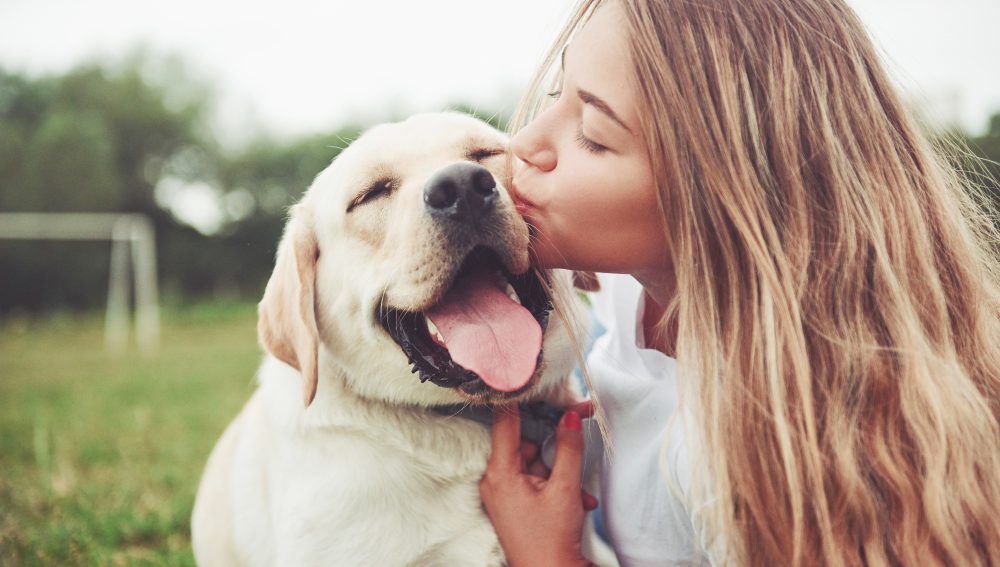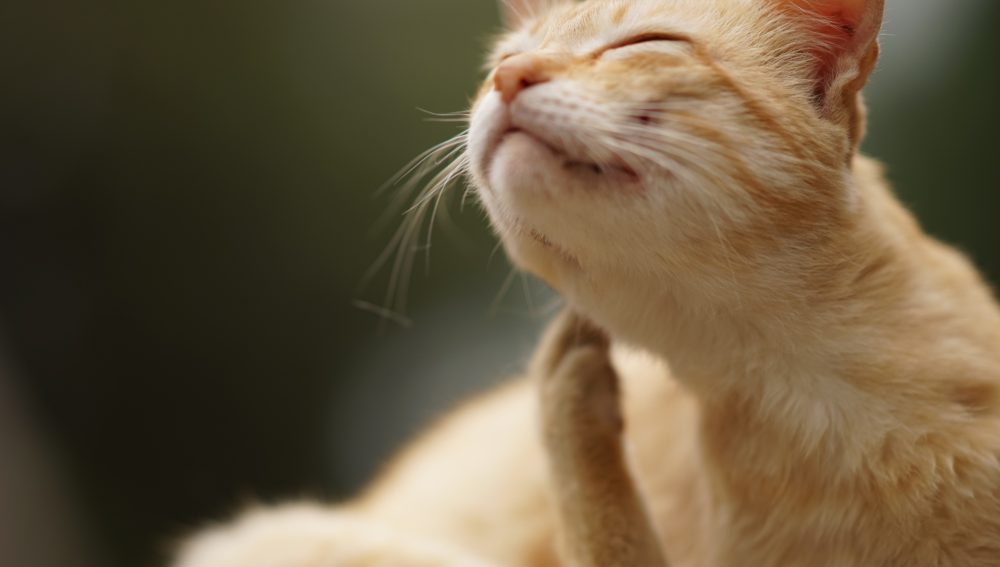
4 Ways to Manage Your Cat’s Arthritis At Home
Although your cat likely seldom complains—except when their food dish is empty—arthritis pain can significantly impact their life. New studies show that arthritis in cats is much more common than previously suspected, with around 60% of cats showing arthritis signs by age 6, and 90% of cats older than 12 showing evidence of degenerative joint disease.
However, arthritis in cats can be difficult to detect, as they typically do not limp or show many of the other obvious signs seen in arthritic dogs. Instead, you may notice your cat:
- Jumping shorter distances
- Refusing to jump
- Urinating and defecating outside their litter box
- Neglecting their grooming
- Avoiding interaction
- Becoming irritable
- Eating less
- Losing weight
Accurately diagnosing feline arthritis through veterinary exams can also be challenging. Cats are generally reluctant to participate in a gait analysis and orthopedic exam, and instead will crouch on the exam table, with their limbs tucked safely under their body. X-rays usually show only minimal changes that could indicate arthritis, so an arthritis diagnosis in cats is often made only when their mobility and discomfort improve after they received pain-relieving medications.
You can help your painful, arthritic cat. In addition to the pain-relieving medications prescribed by Dr. White, try implementing the following at home:
#1: Help your cat reach and maintain a healthy weight
One of the best ways to help soothe your cat’s arthritis pain is to eliminate extra baggage—any additional weight your furry pal is carrying. Each extra pound puts extra pressure on your cat’s already sore joints, so helping them lose weight and maintain a sleek physique will go a long way toward alleviating arthritis pain.
To help your cat lose weight, calculate the number of calories they need each day to reach their ideal weight. Then, rather than filling up their food dish when it’s empty—or when your cat complains—measure the exact amount they need, allowing only 10% of their daily calorie allotment for treats. For cats who struggle to lose weight through a traditional diet, you can feed prescription weight-loss diets, which have the added benefits of improving your cat’s mobility and satiating their hunger.
#2: Encourage your cat to exercise daily
Cats can snooze up to 16 hours each day, so after subtracting time for eating, grooming, and lounging, not much time is left for exercising. However, your feline friend needs to get up and get moving for at least 10 to 15 minutes twice a day. Regular, low-impact exercise improves muscle mass and promotes healthy joint function.
Encourage your cat to exercise by flicking a feather wand, swishing a fishing pole toy, or tossing them a catnip mouse. Robotic mice and other prey-like toys can also entice your cat to play stalk-and-pounce games.
#3: Modify your cat’s surroundings so they can comfortably access resources
Arthritis pain and limited mobility make it difficult for your cat to reach their food, water, bed, and litter box. Ensure they can easily and comfortably access these resources by placing them all on your home’s main floor. Also, consider the following:
- Food and water bowls — Elevate your cat’s food and water dishes, so they do not need to crouch on their arthritic elbows.
- Beds — Purchase a firm orthopedic bed that supports your cat’s joints, and cover the bed with a self-warming heating pad to further soothe joint pain.
- Litter boxes — Choose a low-sided, uncovered litter box for your cat’s elimination needs, and place a litter-catching mat next to the box to provide traction if the floor is slippery.
- Ramps and stairs — Install ramps or stairs next to your cat’s favorite piece of furniture, and replace tall climbing towers with lower ones, so your cat can still stretch and scratch.
#4: Add joint supplements to your cat’s diet
If your cat’s health allows, add joint supplements to their daily regimen. Products that contain omega-3 fatty acids, glucosamine, chondroitin, and green-lipped mussels have been proven to improve joint function through stimulating joint fluid production and cartilage regeneration and reducing inflammation.
If your cat is having trouble climbing on their favorite perch, or crouching down to reach their food dish, they may have arthritis. Schedule an appointment with our Harbor Pines Veterinary Center team, so we can provide your cat with the treatment they need to alleviate their pain and improve their mobility.



















